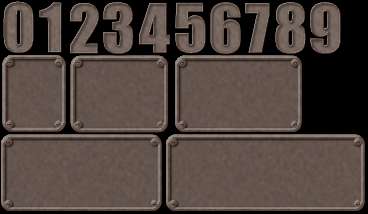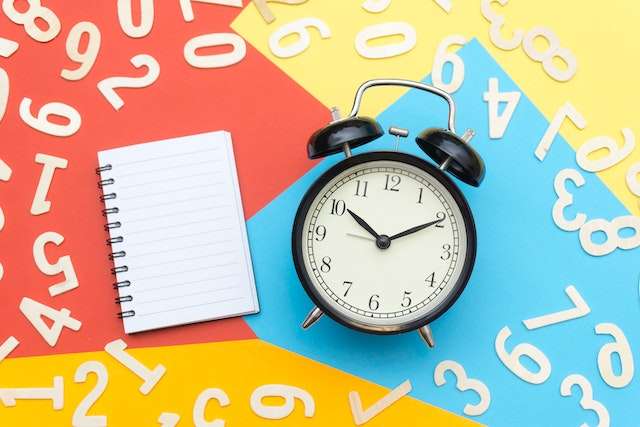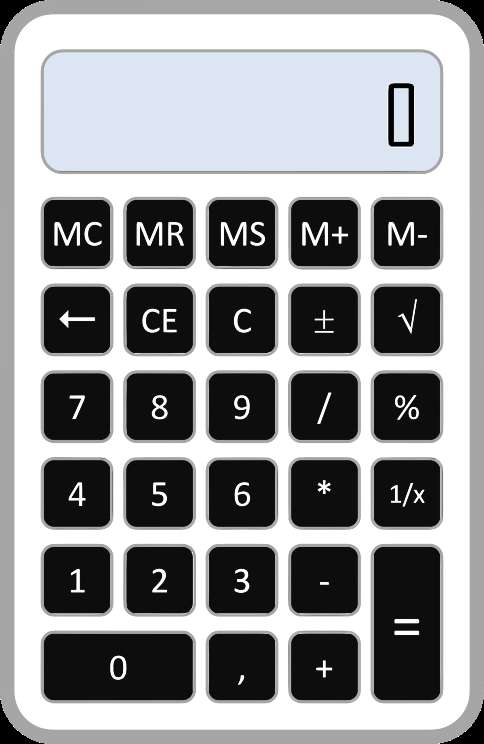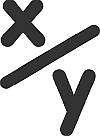Number to Letter
Instructions: Use this tool to convert an integer numbers to their corresponding letters/characters. Please type or paste in the numbers you want to convert in the spreadsheet below.
Numbers to Letters Conversion
This tool will allow you to quickly convert numbers to letters or characters for a chosen coding schema, which could be the A = 1, B = 2, C = 3, also known as A1Z26 cipher, or the more commonly used Ascii code.
You need to provide a list of numbers and the coding method, after which you can click on "Calculate" to get the conversion completed.
What is a Number to Letter Conversion?
Number to letter conversion is the process of translating numbers into corresponding letters or characters, using a specific encoding schema. This practice is in essence the principle of encryption, and it has so many practical applications in various fields like cryptography, coding, and as well as even in everyday puzzles and games.
Coding numbers into letter, or conversely letters into numbers, is a very old practice used even in ancient civilizations to keep some information secret.
How Does the A1Z26 Cipher Work?
The A1Z26 cipher, also known as the Caesar Shift Cipher, is one of the oldest and simplest methods for number to letter conversion. The way it works is very simple:
- Each letter of the alphabet is assigned a number from 1 to 26: A to 1, B to 2, C to 3, and so on.
- To convert a number back to a letter, you simply find the corresponding letter in the alphabet.
For example, if you want to encode the word "CAT" using A1Z26 encoding, the result is 3-1-20.

Different Number to Letter Codes
A1Z26 is not the only encoding available by any stretch of the imagination. There are several other methods to convert numbers to letters, including:
- ASCII Code: This standard, which stands for American Standard Code for Information Interchange, assigns numbers to characters, including letters, punctuation, and control characters.
- Tap Code: Used historically for communication in captivity, and during war times, where each letter is represented by a series of taps.
- Periodic Table Code: Here, elements' atomic numbers are used to represent letters.
ASCII Code: Numbers to Letters
ASCII (American Standard Code for Information Interchange) provides one of the most standard and broadly used ways to convert numbers to letters:
- Each character has a unique numeric code.
- For example, the ASCII code for 'A' is 65, 'B' is 66, and so on.
Here's how you can convert numbers to letters using ASCII:
- First, you take the ASCII code of the letter you want to convert.
- Then, you need to subtract 64 from the ASCII code to get the corresponding letter in the alphabet.
Using Tap Code for Number to Letter Conversion
The tap code is a very simple cipher methodology used for communication in older times, though it still has some uses.
- Each letter is represented by two numbers, corresponding to its row and column in a 5x5 grid.
- For example, 'A' would be 1-1, 'B' would be 1-2, and so on.
- These two numbers indicate the sequence to taps needed to represent each character.
This method was famously used by prisoners of war to send messages covertly.
Number to Letter Conversion with the Periodic Table
Using the periodic table for number to letter conversion involves:
- Assigning each element's atomic number to a letter.
- For instance, Hydrogen (H) has an atomic number of 1, so 1 would represent 'H'.
This method can be used for creating codes or puzzles.
Why Use Number to Letter Conversion?
Ciphering is more relevant than ever. In new age of information and digital communication, systems require often time to communicate privately, with information that is not to be revealed to prying eyes. To than end, ciphering plays a crucial role in applications for:
- Cryptography: Use to create secure protocols to transmit secure codes or messages.
- Data Encoding: In computer science, for encoding data into formats usable in different contents.
- Cybersecurity: Helping computer system to allow for safe operation, preserving the integrity and confidentiality of data.
Number to Letter Conversion in Puzzles and Games
Can we get number to letter application in puzzles. The answer is yes! Many puzzles and games utilize number to letter conversion. For example:
- Crossword Puzzles: Sometimes games are such that clues are given in numbers that need to be converted to letters.
- Word Search: Numbers can represent letters in a grid, which would add a level of complexity.

How to Convert Numbers to Words?
There are many ways to do this. Converting numbers to words could involve:
- Using a predefined list or dictionary that maps numbers to their word equivalents.
- In this context, we could have for example that 1 would be "one", 2 would be "two", and so on.
In whichever context you are, here's a simple guide:
- First, you need to identify the number you want to convert.
- Then, look up the conversion rule or table, where you can find the corresponding word in a number-to-word conversion.
Can Numbers Represent Letters?
Yes, numbers can indeed represent letters through various systems:
- Alphabetic Order: Where A=1, B=2, etc.
- ASCII: Where each character has a unique numeric code.
How to Assign Numbers to Represent Letters from A to Z?
There are many ways to do this. If you use A1Z26 cipher, you would have:
- A = 1, B = 2, C = 3, and so on, up to Z = 26
But then, there are so many ways that can be done, and even an infinite number of ways of doing it, if we don't restrict how large the coded numbers need to be/.
Conversions and Calculations Calculators
If you're dealing with different number systems, you might find our Scientific Notation Calculator useful for converting numbers into a more manageable format, especially when dealing with very large or very small numbers.
Moreover, if you're working with hexadecimal values, our Hex To Decimal converter can help you translate those values into a more familiar decimal system.
For those who often work with fractions or need to perform operations involving decimals, our Decimal Calculator can simplify your calculations, ensuring accuracy in your mathematical endeavors. Moreover, if you're analyzing data sets, consider using the Five Number Summary Calculator to get a quick overview of your data's distribution.





